By Steve Martin. Republished with permission from the January 2016 issue of Fourteener Motoring Magazine.
In the last issue we outlined the long history of collaboration between Porsche and Volkswagen. Much of the automobile development conducted by the two companies in the preceding decades is what led to the existence of the 914. Without the “underfloor engine” exercise, as only one example, the mid-engine car, as we know it, would not have been built. Indeed, the two companies had a long-standing culture of joint exercises that led to its birth.
By the mid-sixties, two facts were very apparent at Porsche. First, the young company needed to expand its program with a less expensive car. The prices of Porsche’s had increased dramatically through the end of the 1950s and into the 1960s. The increases in prices drew a stark contrast to the underlying principle of the company, which sought to keep the cost of its cars reasonable.
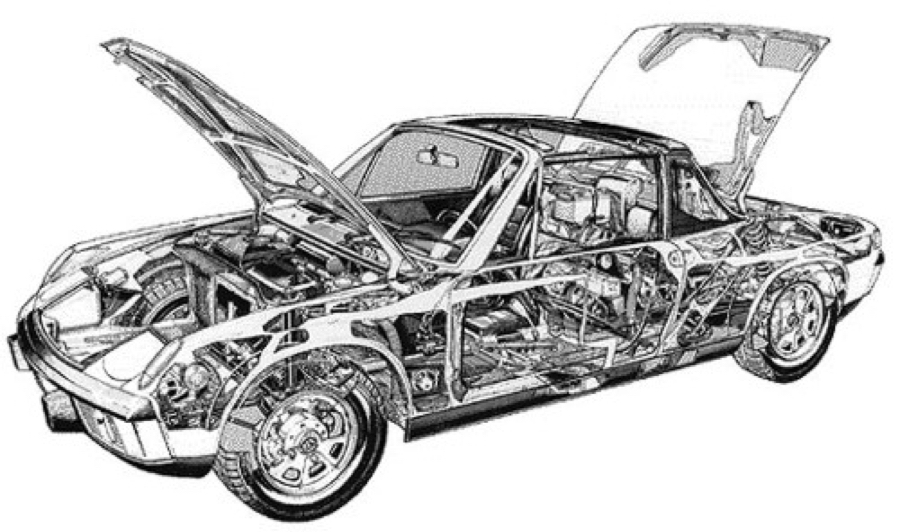
But, perhaps more importantly, there was a fundamental reason why a cheaper car was important to the survival of Porsche. A linchpin to Porsche’s success was its dealers. Without them the company had no way to sell cars worldwide. And to be profitable, the dealers needed a full range of automobiles to sell. This made the need for Porsche to produce a cheaper car a matter of extreme importance in Germany.
The second reality that was driving the thinking at Porsche in the mid-1960s, was the fact that mid-engine sports cars were a trend that was transforming sports car design. The auto shows were full of prototype cars with their powerplants in the middle. But more importantly, the results at racetracks around the world made it clear that the layout would dominate the circuits for some time.
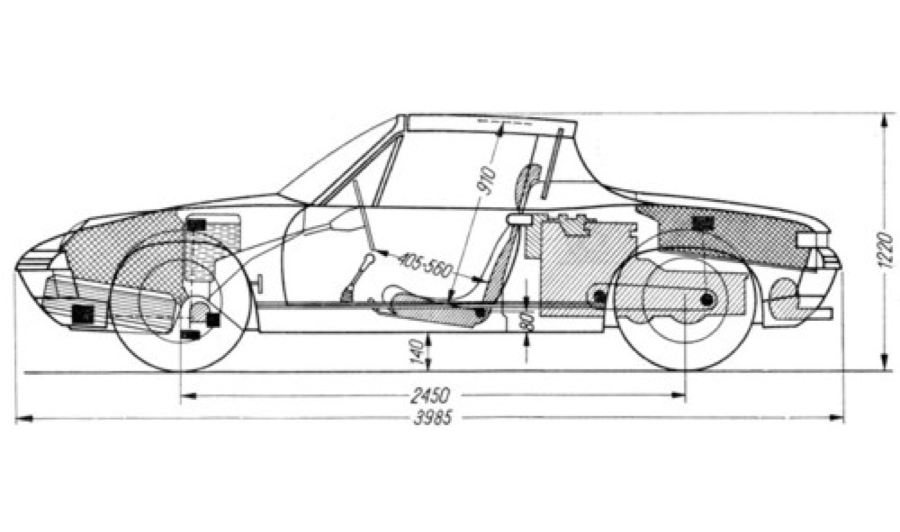
There was another reason the mid-engine design became a natural focus of development for the 914. While other car companies were grappling with the complexities of a mid-engine car, Porsche had been using this layout for years. In fact, throughout the 1950s they had worked with nearly every imaginable automobile layout, either for their own cars or for those of customers. And Porsche’s success on the track, in part with the 904, made it a clear leader with this design.
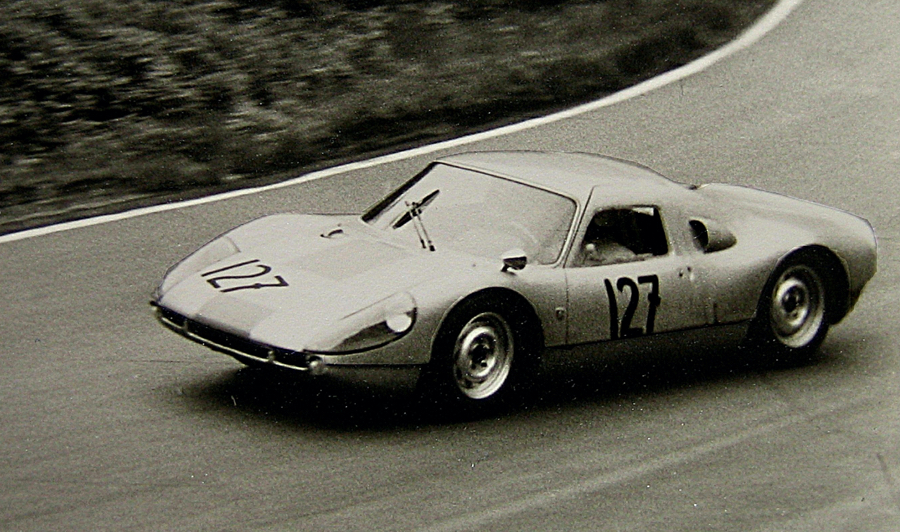
By the mid-1960s it was a foregone conclusion that Porsche would design a production car that could be sold at a lower cost, and that it would have a mid-engine. The effort also allowed the company to use the success of its racing program as a marketing tool. An approach that has continued.
With the two primary criteria for a new production car established, the third element that defines the Porsche 914 became obvious as well: The company would seek an alliance with another automaker to produce the 914. It is important to remember that Porsche had a strong working relationship with Volkswagen that had been growing for decades.
In a sense, the companies were already “married.” They had common projects, common dealers, and even joint marketing efforts. Further, it was the norm for small car makers of the day to partner with each other. With a healthy number of orders for the 911, it only made sense for Porsche to seek out a partner to help build the new car. And Volkswagen was the logical choice.
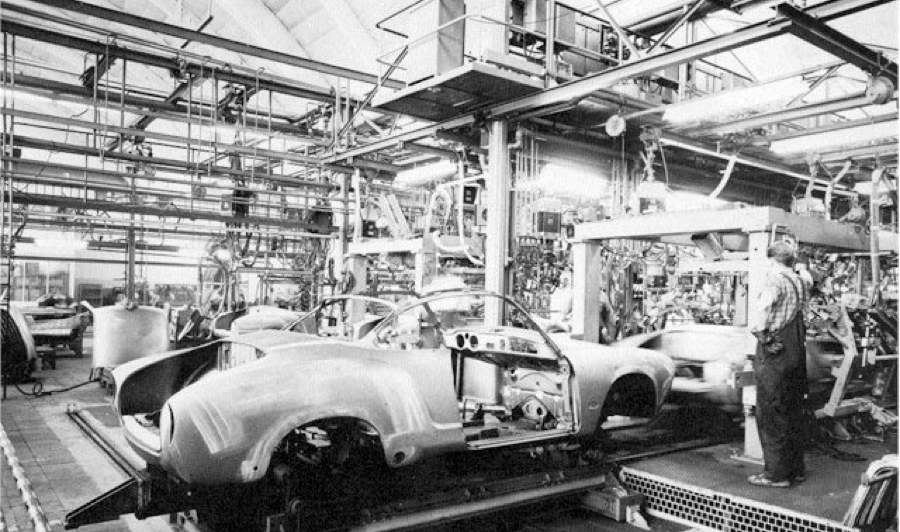
VW needed a replacement for the Karmann-Ghia.
At the time, Heinz Nordhoff was leading Volkswagen. In addition to having cultivated a long-standing relationship with Porsche, he needed help. VW sales were declining in some regions. They needed a boost. The company wanted a sportier new car to sell. The icing on the cake was the aging Karmann-Ghia. It needed to be replaced. And Porsche was more than ready to use the Volkswagen 411 engine to help the company move into the new era of sport cars.

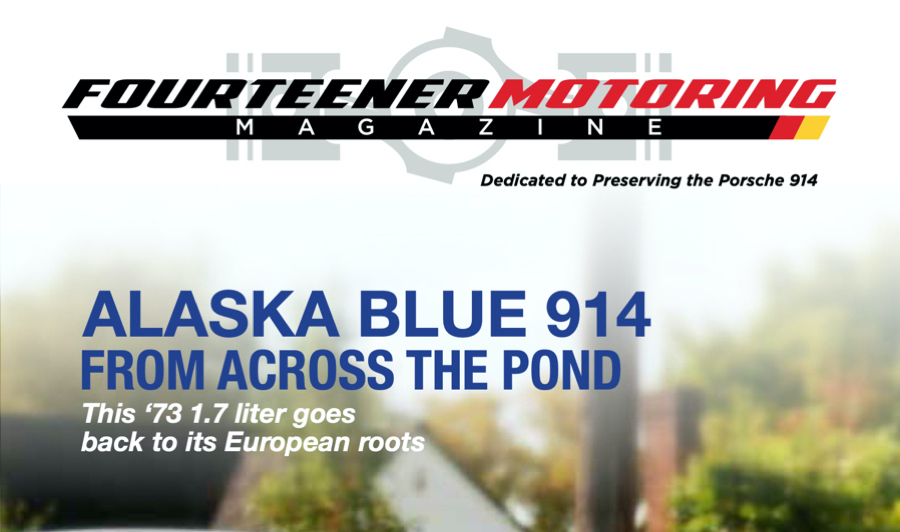
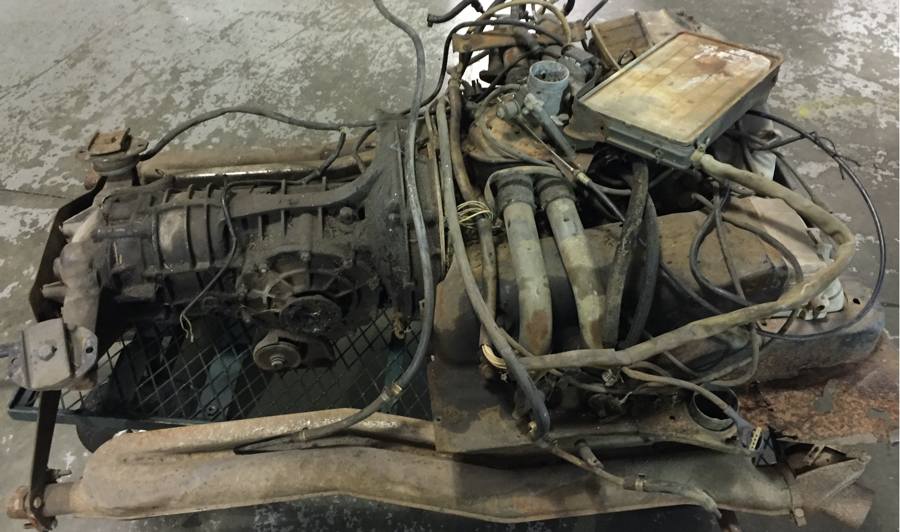




About The Author: Steve
More posts by Steve